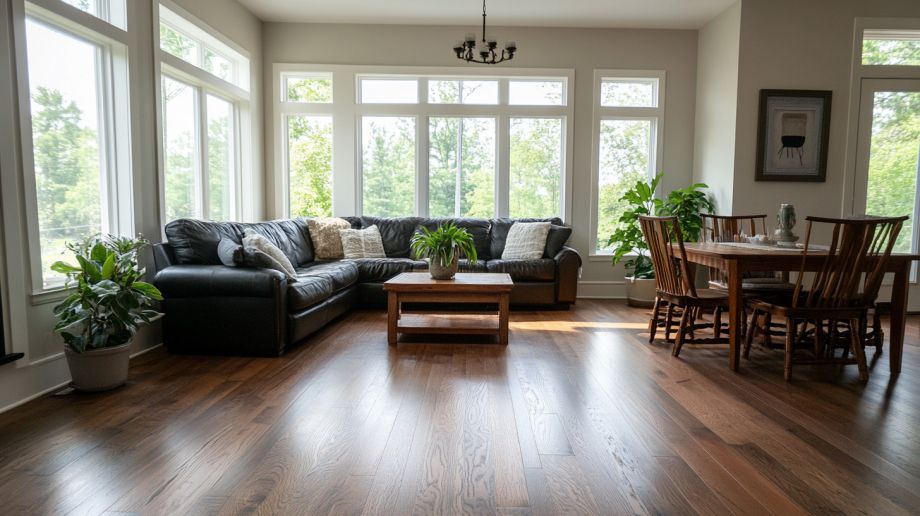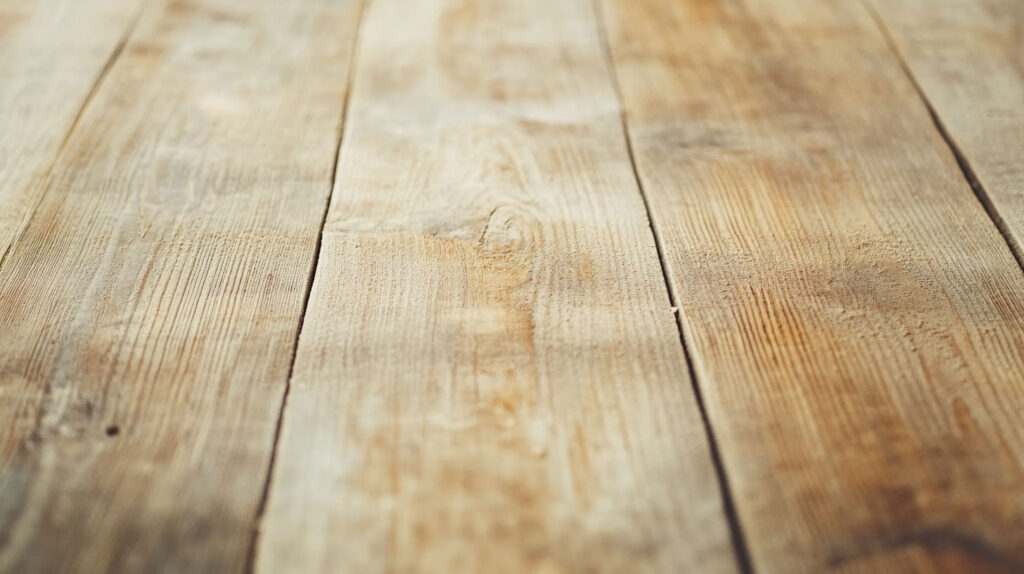
Can You Paint Over Tung Oil? (Explained)
Are you staring at a beautiful piece of tung oil-finished wood, wishing you could give it a fresh new look with a coat of paint?
Maybe you’ve got a cherished piece of furniture that doesn’t quite match your new decor, or perhaps you’re looking to breathe new life into some old wood paneling.
Whatever your reason, you’re probably wondering, “Can I actually paint over this tung oil finish?”
I have some good news for you – you can paint over tung oil!
In this post, I’ll go over everything you need to know about painting over tung oil.
Table of Contents
ToggleCan You Paint Over Tung Oil?
The short answer is yes, you can paint over tung oil, but it’s not as simple as slapping some paint on and calling it a day.
Tung oil penetrates deep into the wood and creates a tough barrier that can make it challenging for paint to adhere well. So you need to sand and prime the wood first.
Also Read: Do You Let Cut In Dry Before Rolling?
And you can’t use any paint either – oil based paints and acrylic paints are your best bet.
Oil-Based paints is the best choice for painting over tung oil. They play nice with the tung oil and tend to stick better. Plus, they’re tough, so they can handle some wear and tear.
Acrylic paints can work too, especially if you want more color choices or faster drying times. But you’ll need to be extra careful with priming if you go with these.
How To Paint Over Tung Oil
With that out of the way, let me walk you through how to paint over tung oil step by step.
It might seem like a lot, but trust me, it’s worth it for a great finish.
#1 Allow Tung Oil To Cure
Before attempting to paint over tung oil, you’ve got to let the tung oil fully cure.
Tung oil typically takes about 15 to 30 days to cure completely, depending on the environmental conditions and the number of coats applied.
Some processed tung oil finishes might even be ready in about 5-7 days!
I know, I know, it’s a long wait. But painting over uncured oil is just asking for trouble.
Want to check if it’s ready? Just press a clean cloth on it. If it feels sticky or leaves oil on the cloth, it needs more time.
#2 Clean The Surface
Once the tung oil has cured, thoroughly clean the surface to remove any dirt, dust, or grease.
Use a mild detergent solution and warm water, then rinse well and allow the surface to dry completely. This is super important because any leftover gunk can mess with how well your paint sticks and cause the new paint to peel or flake.
If you’ve got some really stubborn dirt, you might need a special wood cleaner. Just make sure you rinse it off really well afterward.
#3 Sand Lightly

After cleaning, lightly sand the surface with fine-grit sandpaper (220-320 grit).
The goal here is not to remove the tung oil entirely but to create a slightly rough surface that will allow the primer to bond more effectively.
Be gentle, though – we don’t want to damage the wood.
Sand in the direction of the wood grain to avoid creating visible scratches.
When you’re done, wipe off all the dust with a tack cloth. A vacuum with a brush attachment can help too.
Also Read: Do You Prime Before Texture?
#4 Prime The Surface
Priming is super important here. You want an oil-based primer that’ll work with both the tung oil and your new paint. If you can find a bonding primer made for glossy surfaces, even better.
Apply it evenly with a brush or roller, and follow the instructions on the can for drying times.
This primer creates a barrier between the tung oil and the new paint, promoting better adhesion and a more uniform final appearance.
Depending on what you’re working with, you might need two coats for the best coverage.
#5 Paint Over Tung Oil
Finally, the fun part – painting!
Make sure you’re using good quality paint that matches your primer.
Here’s a pro tip: apply thin, even coats. It might be tempting to glob it on, but trust me, thin coats are the way to go. Use long, smooth strokes, and keep them all going in the same direction.
You might need a few coats to get the color just right.
Let each coat dry completely before you add another.
Oh, and don’t forget to open some windows, especially if you’re using oil-based paint – that stuff can be pretty strong!
Bottom Line
You can paint over tung oil, but it does take some work. The key is to be patient and follow all the steps – let it cure, clean it well, sand it lightly, prime it right, and then paint away.
Also Read: Can You Skim Coat Over Wallpaper?
If you try to rush it or skip steps, you might end up with paint that peels or looks blotchy.
But if you take your time and do it right, you’ll end up with a beautiful, long-lasting paint job that looks like it was done by a pro.
FAQs
Tung Oil Over Acrylic Paint
No, you cannot apply tung oil over acrylic paint. Acrylic paint is a water-based paint that forms a film on top of the surface. Tung oil, being an oil-based product, will not adhere well to this film and could cause peeling or bubbling.
Can You Stain Over Tung Oil?
Yes, you can stain over tung oil, but the stain will likely be darker than if applied directly to bare wood. Plus, the stain may not penetrate as deeply because of the protective layer of tung oil.
Can You Put Tung Oil Over Paint?
No, you cannot put tung oil over paint. Tung oil is designed to penetrate wood and provide a natural finish. Applying it over paint would likely result in a poor finish and potential peeling.
Can You Use Tung Oil Over Chalk Paint
No, you cannot use tung oil over chalk paint. Chalk paint is a porous paint that absorbs moisture. Tung oil will not adhere to it.
Our Blogging Expert

Jairo Ramirez has been in the painting industry for over a decade and has served hundreds of customers across the greater Richmond, VA area.
Our Locations
Painting in Richmond, VA
Serving Richmond
& the Central VA Area
Mon-Fri 8am – 6pm
Sat-Sun 8am – 5pm







